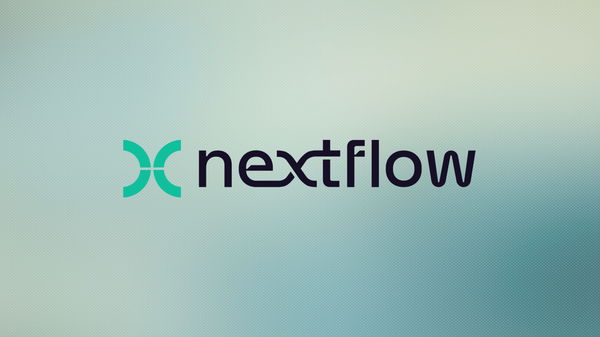Setting up initial onboarding processes for cloud adoption can be a daunting task for any organisation, no matter its size. Many users often want to "try before they buy", having the chance to explore the cloud platform to see whether it fits their needs, prior to committing to
